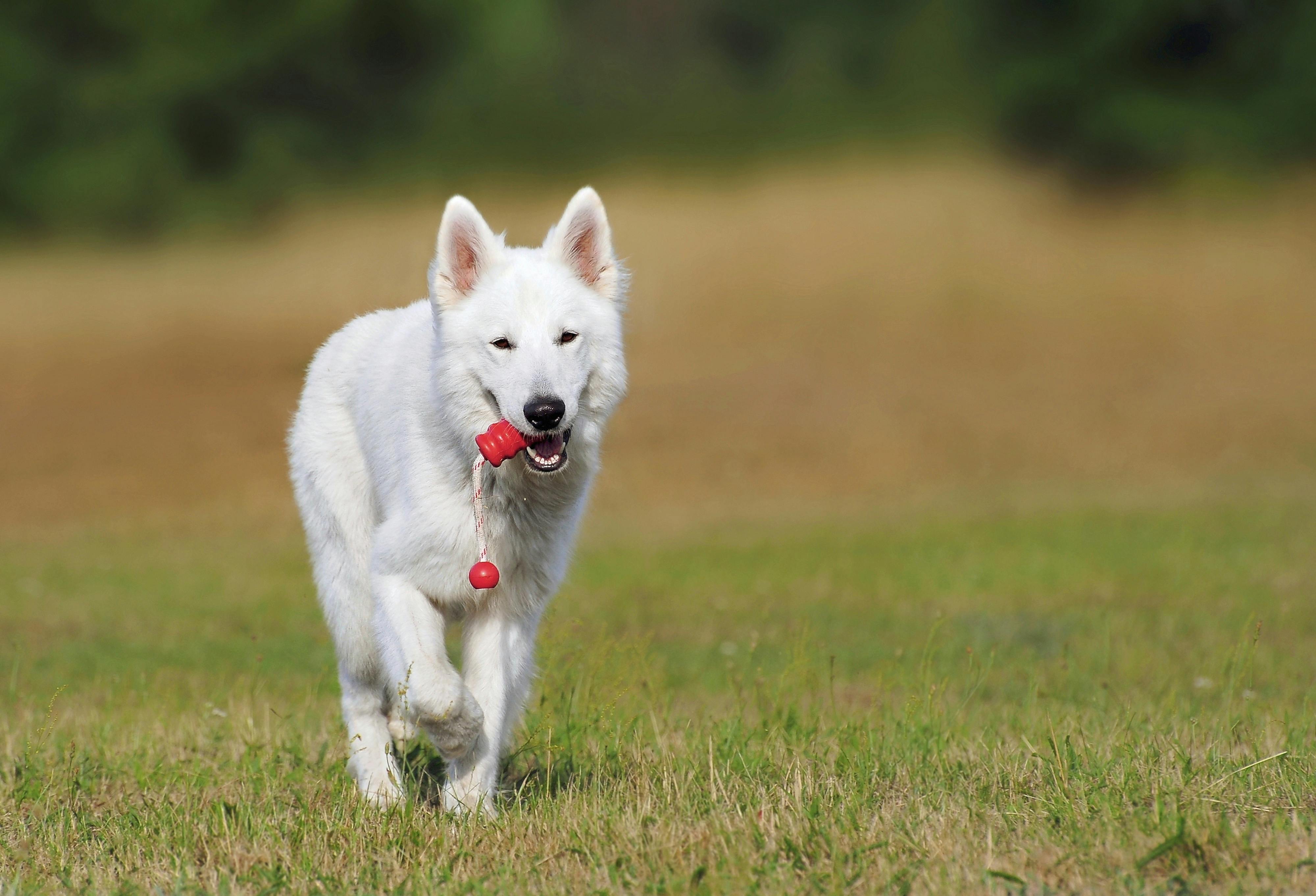Beyond Fetch: The Rising Popularity of Canine Enrichment Toys
In the world of pet care and training, dog toys have come a long way from simple tennis balls and squeaky rubber bones. Today's market introduces a new kind of dog toy—the canine enrichment toy—a product that's changing the way we think about our pets' playtime. This article explores the origins, current popularity, and potential future of these innovative pet products.

A New Age of Dog Toys: The Emergence of Canine Enrichment
Traditionally, dog toys were designed to provide physical stimulation - a ball to chase, a bone to gnaw on, a soft toy to shake. However, as scientific understanding of canine cognition has advanced, so has our approach to designing toys for our four-legged friends. The rise of canine enrichment toys, which engage a dog’s mind as well as its body, can be traced back to the late 20th century. As our understanding of canine cognition grew, so did the demand for toys that cater to their mental needs.
Making Waves: The Current Trend of Canine Enrichment Toys
The last decade has seen a significant surge in the popularity of canine enrichment toys. These toys are designed to stimulate a dog’s mind, encouraging problem-solving and reducing boredom. Examples include puzzle feeders, treat-dispensing toys, and interactive games. The market for these toys is rapidly expanding, with estimates suggesting a global value of over $1 billion by 2027.
The Price of Enrichment: Investing in Your Dog’s Mental Health
While the price of canine enrichment toys can vary greatly depending on the complexity and brand, most fall within the range of $10 to $50. For many pet owners, this is a small price to pay for the benefits these toys provide. Not only do they keep dogs entertained, but they also promote mental stimulation, decrease destructive behavior, and can even slow the cognitive decline in older dogs.
Enrichment and Beyond: The Future of Canine Playtime
The future of canine enrichment toys is bright, with continued growth and innovation expected in the coming years. As further research into canine cognition is conducted, the design and functionality of these toys are likely to become even more sophisticated. Furthermore, as awareness of the importance of mental stimulation for dogs continues to grow, so too will the demand for these products.
In conclusion, canine enrichment toys represent an exciting development in the field of pet care and training. By providing mental stimulation as well as physical exercise, they are helping to improve the quality of life for dogs everywhere. This trend is a testament to our growing understanding of our pets’ needs and our desire to provide them with the best possible care.



